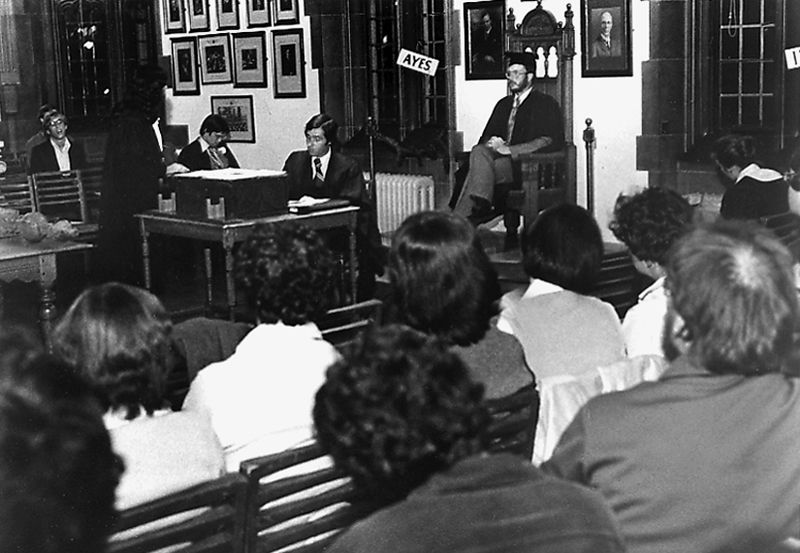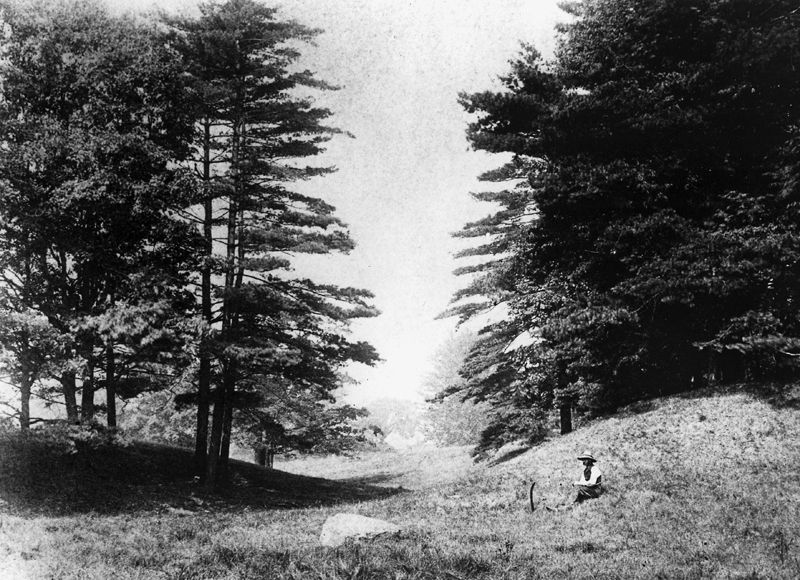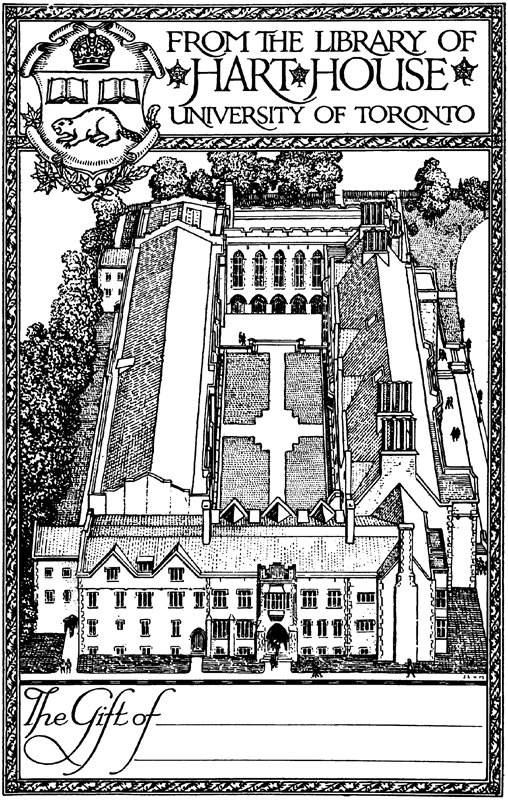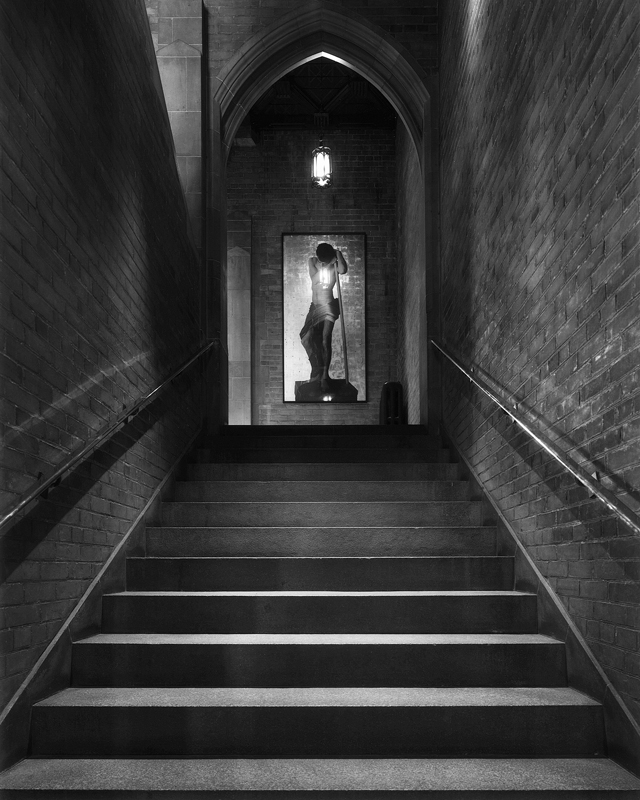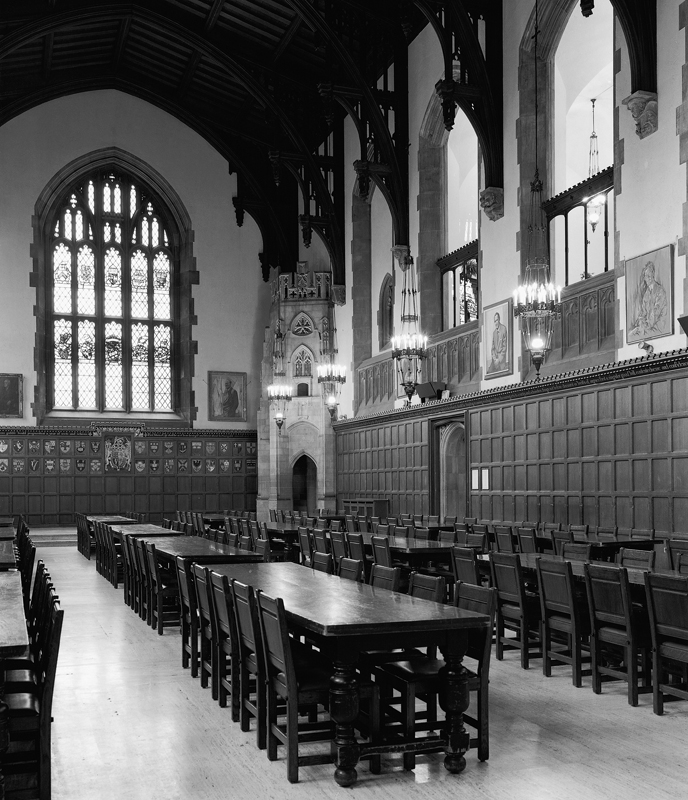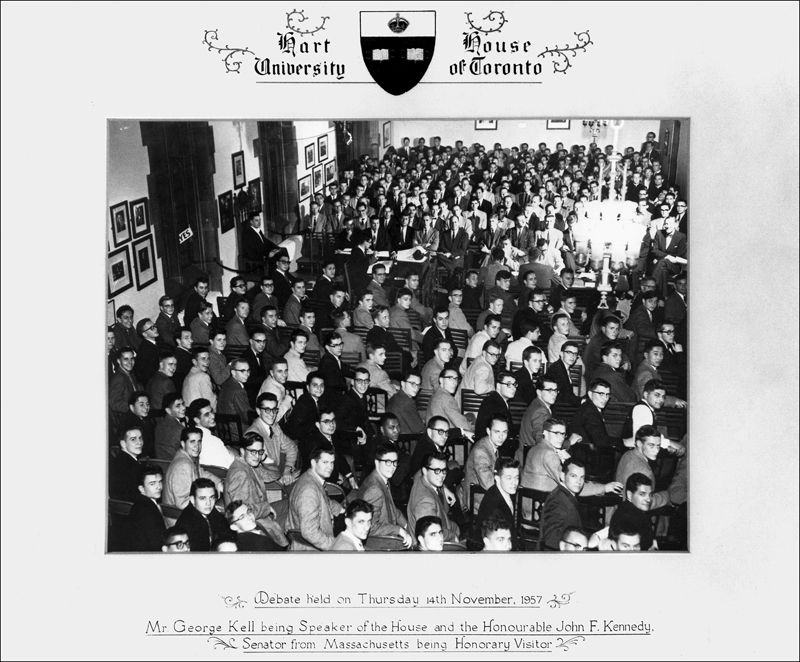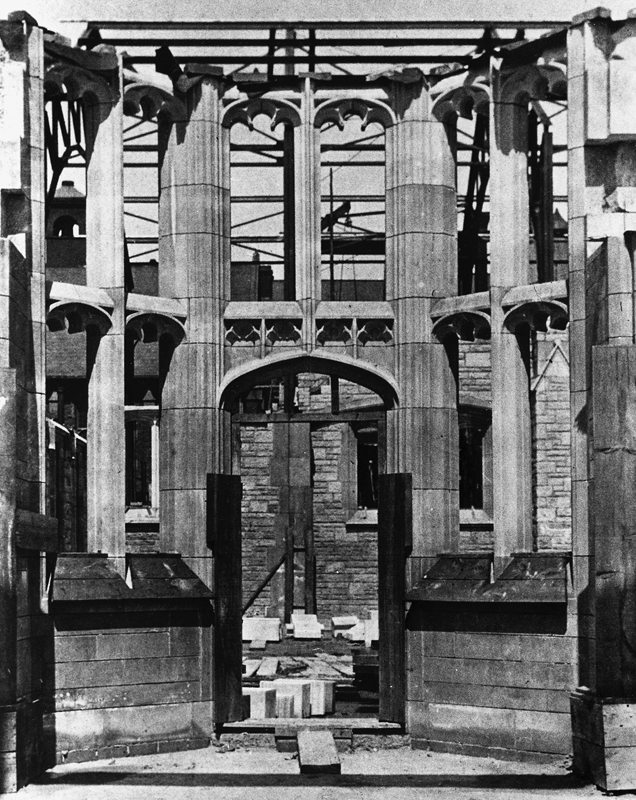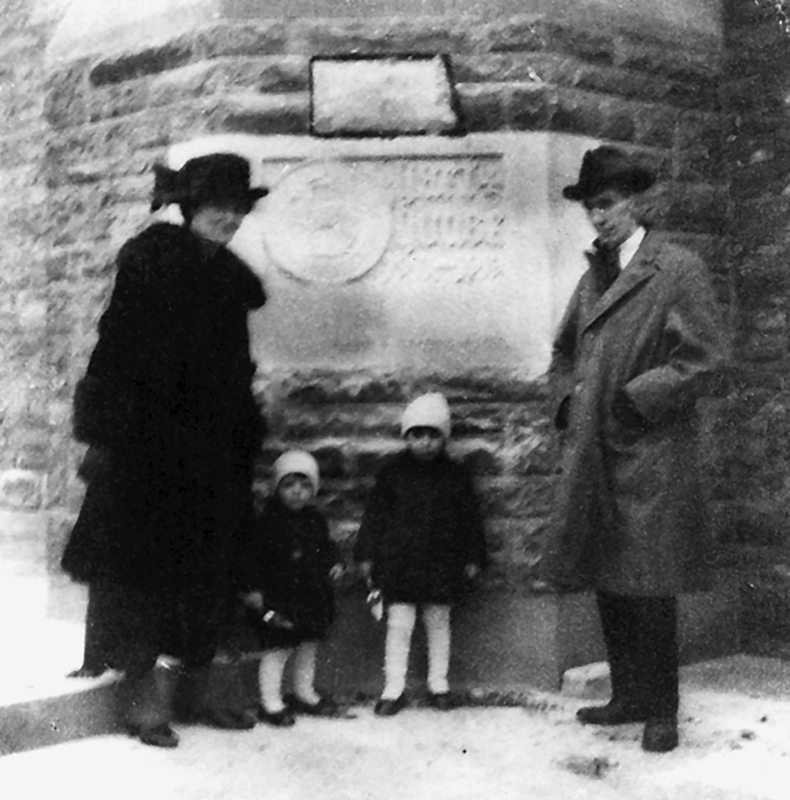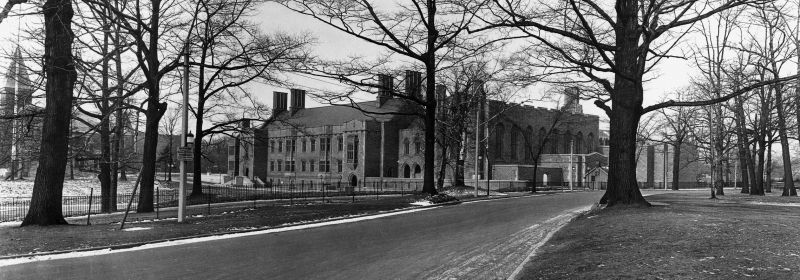Since 1919
As an integral part of the University of Toronto’s cultural landscape since 1919, Hart House is a peerless institution in its history of inspiring change, provoking thought and helping to shape artistic, cultural and social tapestry of the University and larger communities.
Hart House was commissioned by the Massey family and gifted to the University of Toronto by the Massey Foundation as a gathering place for students to partake in co-curricular activities. The then 22-year-old Vincent Massey (who would later become Canada’s first native-born Governor General) named the building for his grandfather, Hart, and chose architect Henry Sproatt, one of the last North American masters of the Gothic form, along with engineer Ernest Rolph, to design it. Construction began in 1911, and since its opening on Remembrance Day, 1919, Hart House has remained a crown jewel in the University of Toronto’s architectural, academic and social history.
For Hart House represented the university as a society; it dramatized the kind of life that the university encourages one to live: a life in which imagination and intelligence have a central and continuous function.
Northrope Frye, November 11, 1969
Women and Hart House
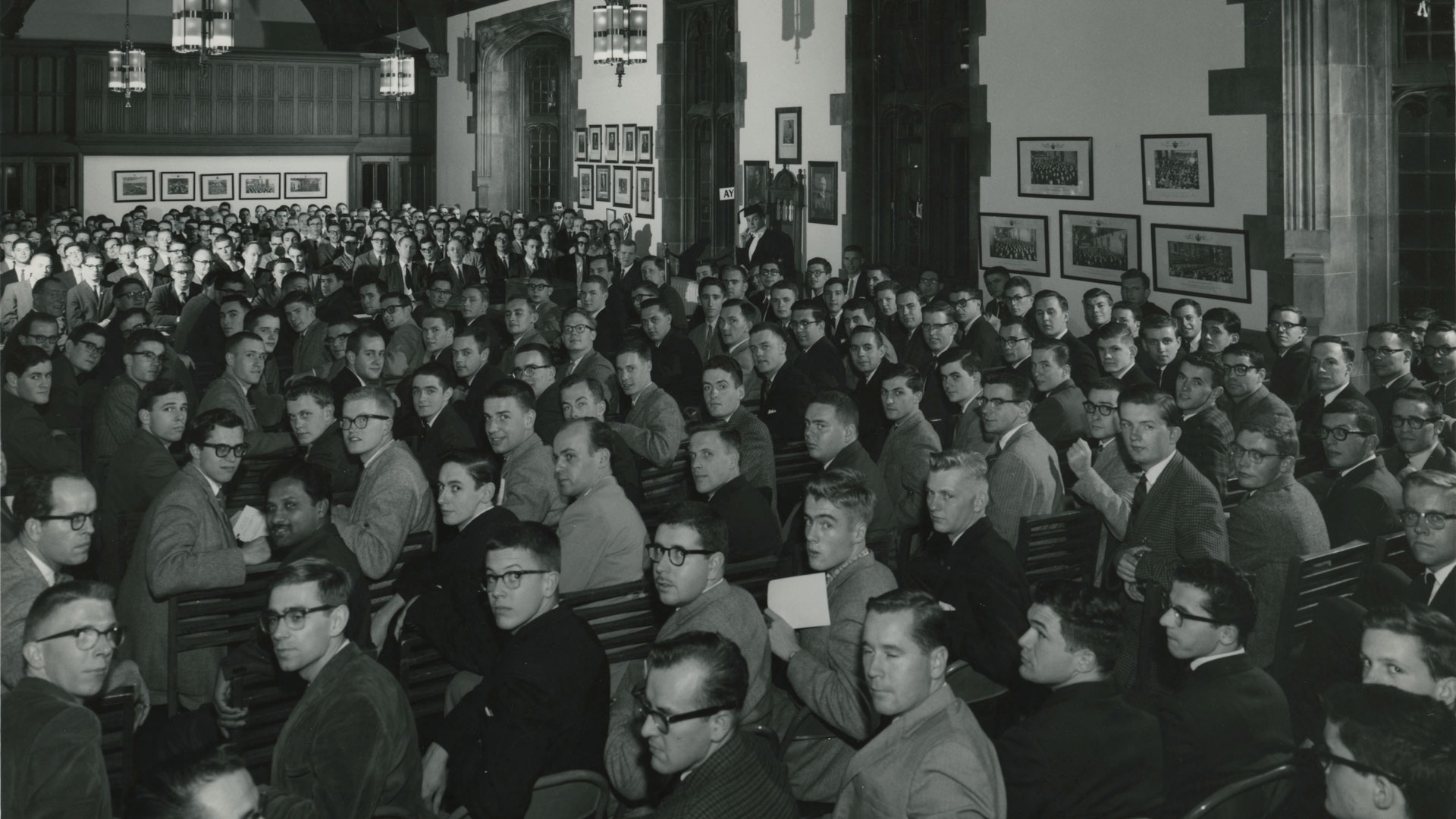
40 Years of Women at Hart House
Before 1972, Hart House was a "boy's club," no women allowed.
An Architectural Gem
Hart House was one of the earliest, and still is one of the most beautiful, student centres in the world. An historic site, Hart House has been referred to as “the finest example of Beaux Arts Gothic Revival in Canada.” Standing northwest of Queen’s Park, this distinguished building is the visual icon of the University of Toronto.
Distinguished architect Henry Sproatt designed Hart House in the Collegiate Gothic style using the finest of materials. The grand interior of the House features high arched ceilings that vary from room to room. Italian travertine floors run throughout the building. Uniquely designed fireplaces and well-tread wood floors add warmth to the House’s common rooms.
The bricks and mortar are but the bones, the community must provide the spirit.
Vincent Massey, November 11, 1919
The Great Hall
Sproatt’s showpiece, The Great Hall, occupies the east wing of the House. A gilded inscription of Milton’s Areopagitica, written in 1644 in defense of freedom of speech and thought, surrounds the 140-foot hall. The coats of arms of the Royal Family and degree-granting universities of the British Empire from 1919 sit below an enormous stained glass window on the south wall. Shields at the north end of the hall represent 74 universities of nations allied with Britain and Canada in 1919.
Portraits of past Hart House wardens, as well as chancellors and governors of the University hanging in the hall are identified at the entrance way. The east windows are heavily leaded with a medley of pastel glass interspersed with clear glass painted with motifs. The upper gallery windows feature hand-painted caricatures of the scholars and eccentrics from the time of Hart House’s origins.

Gallery
An Artistic Heritage
The impressive Hart House Permanent Art Collection was established in 1922 with the purchase of Georgian Bay, November, by A.Y. Jackson, a member of the Group of Seven, for $200. The Art Committee went on to buy representative works by other members of the Group of Seven and their contemporaries, including Tom Thomson, Emily Carr, Charles Comfort, David Milne and Carl Shaefer, as well as works by the Automatistes and Painters Eleven. Today, the collection numbers over 600 works of art. The Permanent Collection is on view throughout Hart House and the historic core of the Collection is in constant demand by major exhibitions throughout the world.
In 1983, the Justina M. Barnicke Gallery opened at Hart House, and has since presented innovative exhibitions by up-and-coming Canadian artists, as well as historic Canadian and internationally renowned traveling exhibitions.
